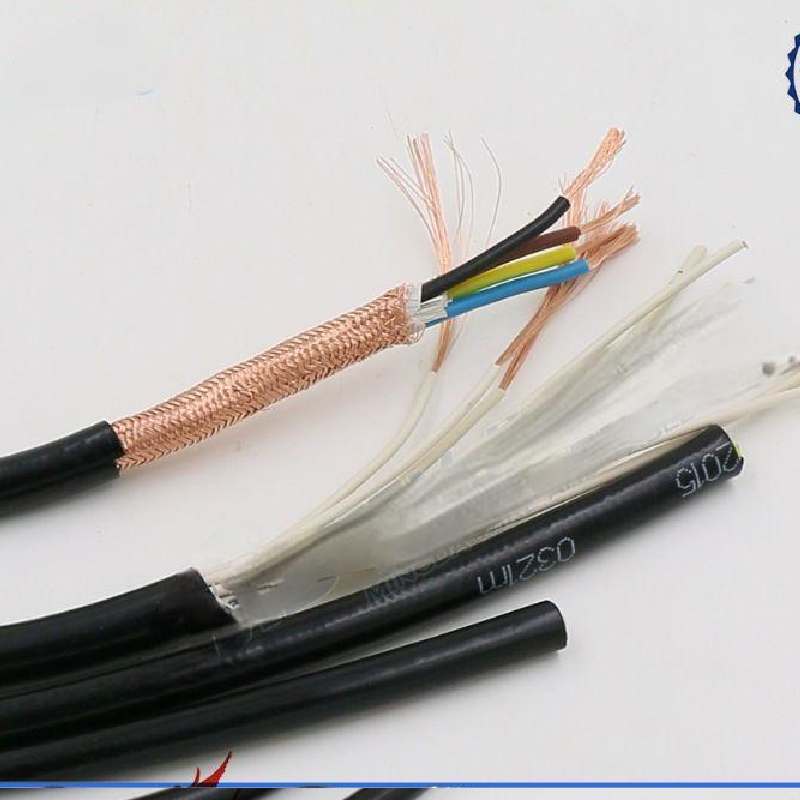កញ្ញា . 28, 2024 10:57 Back to list
electronic ball valve
Understanding Electronic Ball Valves A Modern Solution for Fluid Control
Electronic ball valves have emerged as a crucial component in various industrial applications, providing precise control over fluid flow. These devices utilize an electric actuator to open or close the valve, allowing for accurate and efficient regulation of fluids in a multitude of systems, including HVAC, water treatment, and process automation.
At the heart of an electronic ball valve is the ball itself, which contains a spherical disc with a hole through its center. When the valve is engaged, the ball rotates to align the hole with the fluid flow, permitting the passage of liquids or gases. Conversely, rotating the ball 90 degrees blocks the flow, creating a complete seal. This straightforward mechanism combined with electronic control provides significant advantages over traditional valve types, such as manual or pneumatic valves.
One of the primary benefits of electronic ball valves is their ability to be remotely controlled. This capability is particularly advantageous in environments where valves are difficult to access or in applications requiring precise flow management. Engineers can program the valves to open, close, or adjust to certain conditions automatically, improving the overall efficiency and responsiveness of the system. The integration of sensors and smart technology further enhances their functionality, allowing for real-time monitoring and adjustments based on flow rates, pressure, or temperature.
electronic ball valve

Another notable advantage of electronic ball valves is their durability and reliability
. Constructed from robust materials such as stainless steel or plastic, these valves can withstand harsh environments while maintaining operational integrity. Unlike traditional valves, which may require frequent manual adjustments and maintenance, electronic ball valves are designed for longevity, reducing downtime and maintenance costs.In terms of energy efficiency, electronic ball valves contribute to lower operational costs. They can be equipped with energy-saving features, such as low-power actuators that consume less electricity while remaining effective. Additionally, by ensuring that fluid flow is only used when necessary, these valves can minimize waste and contribute to sustainable practices in various industries.
However, while electronic ball valves offer numerous advantages, they also require a certain level of technical knowledge for installation and operation. Users must be familiar with electrical systems and control logic to harness the full potential of these advanced devices. Proper training and understanding of the surrounding systems are essential to ensure optimal performance.
In conclusion, electronic ball valves represent a significant advancement in fluid control technology. Their ability to provide precise, automated regulation, coupled with durability and energy efficiency, makes them a preferred choice across diverse applications. As industries continue to embrace automation and smart technologies, the adoption of electronic ball valves is expected to grow, driving improvements in efficiency and operational reliability.
Share
-
Reliable Wafer Type Butterfly Valves for Every IndustryNewsJul.25,2025
-
Reliable Flow Control Begins with the Right Ball Check ValveNewsJul.25,2025
-
Precision Flow Control Starts with Quality ValvesNewsJul.25,2025
-
Industrial Flow Control ReliabilityNewsJul.25,2025
-
Engineered for Efficiency Gate Valves That Power Industrial PerformanceNewsJul.25,2025
-
Empowering Infrastructure Through Quality ManufacturingNewsJul.25,2025